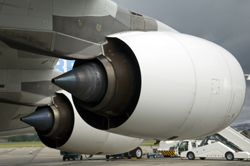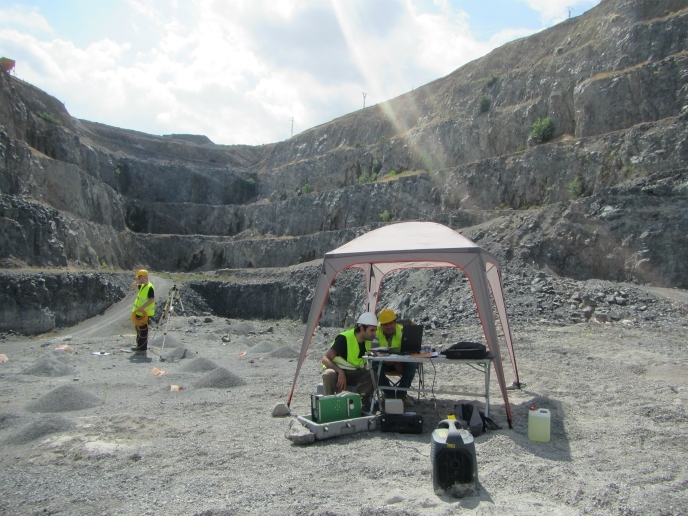Reducing the pollutant emissions from gas turbines
A major challenge for gas turbine engineers has been the development of liquid fuelled combustion systems that will meet stringent emissions standards without sacrificing operability. Recent developments have resulted in combustion systems which do produce low levels of unwanted chemical emissions, including lower nitrogen oxides (NOx) emissions, but all were prone to damaging unsteady combustion. This issue has been addressed within the MUSCLES project by providing a thorough foundation for the theoretical modelling of the self-excited oscillations inside the combustion chamber. Leading to such intense pressure fluctuations that may even result in structural damage, enhanced heat transfer is also a source of sound waves. The inlet conditions of the fuel and air mixture are perturbed by sound waves which then aggravate the unsteady combustion. The main objective of project partners at the University of Rouen was to investigate the direct effect of pressure fluctuations on the vaporisation of the incoming fuel spray. For this purpose, a non-linear theoretical approach was adopted, where non-linearity took the form of saturation in the flame's response. Essentially, the latter occurs as pressure fluctuations become so intense that the fuel/air flow reverses while the heat release is still enhanced. Direct numerical simulations (DNS) of pressure waves injected towards a cluster of droplets were first performed for a layered flow, and then homogeneous turbulence was included in the numerical model. The results, together with new models based on either Reynolds-averaged Navier-Stokes (RANS) calculations or Large eddy simulations (LESs), were validated against experimental data from the EM2C laboratory. Experiments were conducted using a highly controllable configuration in which acoustic waves generated by a driver unit placed at the bottom of the fuel burner interacted with turbulent spray flame. The final models will be synthesised into a comprehensive model, which will be able to predict the frequency and more importantly, the amplitude of pressure fluctuations. In the near future, the design of combustion systems could be tried out and adjusted to deliver not only low emissions, but also steady combustion.







